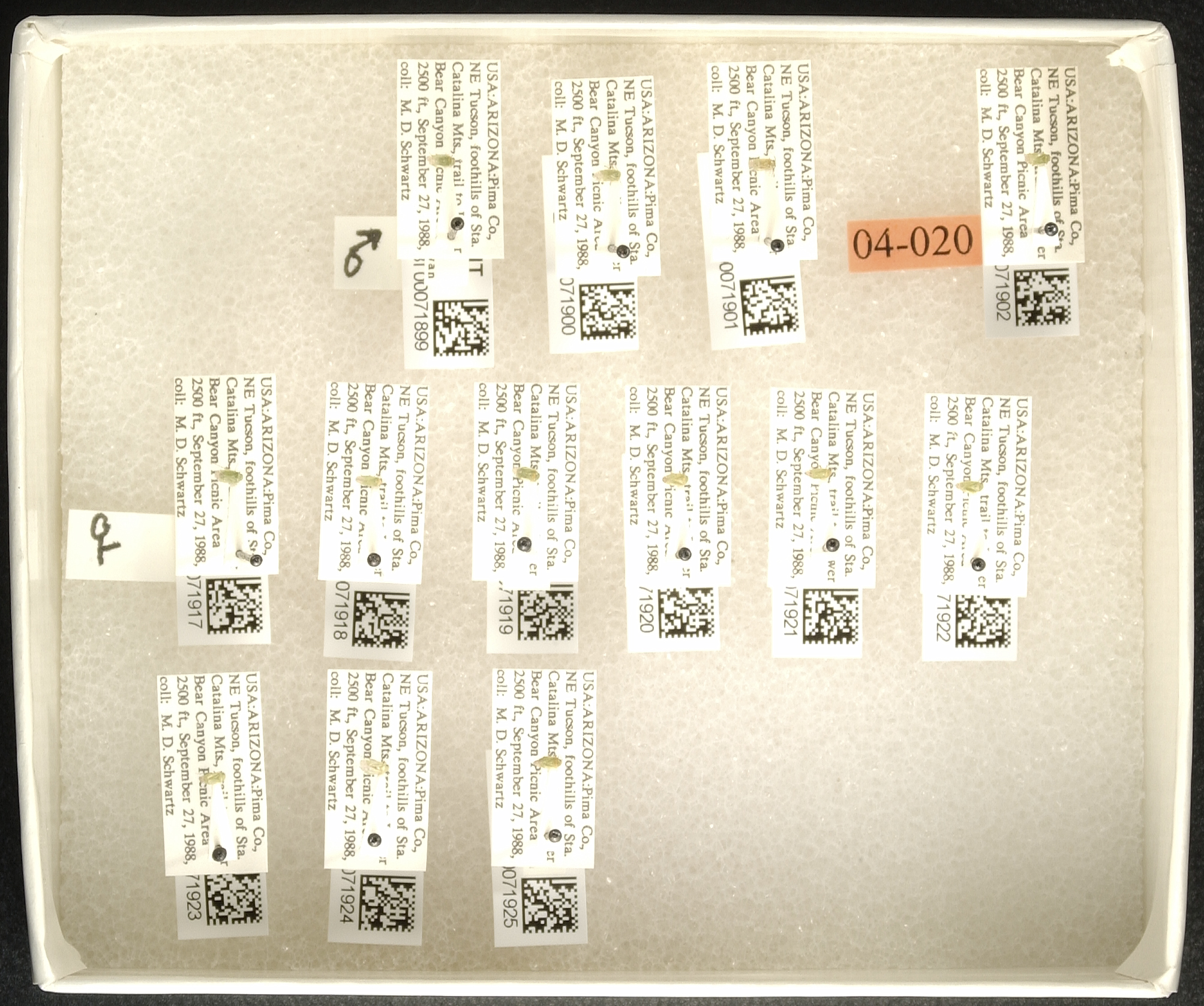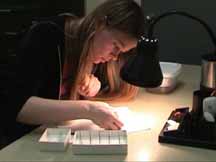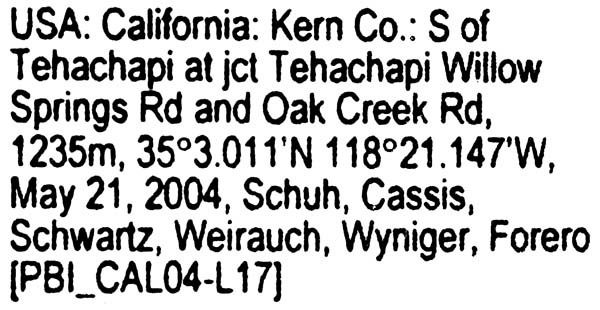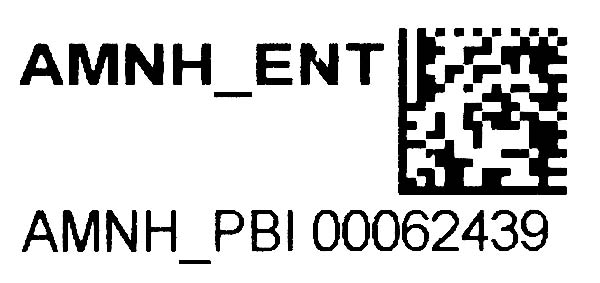Museum Techniques |
|
 |
Mounting Insect Specimens Detailed study and accurate identification of Miridae, including Orthotylinae and Phylinae, requires the ability to observe pretarsal structures and to dissection male and female genitalia. For these reasons we recommend that all specimens be "card pointed". Standard approaches to card pointing can be seen in the attached images and video. We recommend the use of polyvinyl acetate glues such as "Elmer's", which have are readily available, have a desirable viscosity, and have proven to be resistant to degradation over many decades. |
 |
Most specimens in European collections are "card mounted". This technique has the advantage of protecting the specimens from damage during handling, but often precludes observation of pretarsal structures and structures on the thoracic venter as well as complicating the extraction of the abdomen for dissection of male and female genitalia. The PBI project utilizes a centralized approach to specimen preparation. Under this model all specimens collected with PBI funding are mounted and labeled at the American Museum of Natural History, sorted to taxonomic grouping, and then sent to the appropriate investigator. |

|
Labeling Insect Specimens Specimen labels for specimens acquired with PBI support are produced directly from a database of locality and host information assembled during the course of field work. All specimens from a given field trip are identically labeled so as to preclude subsequent confusion about host and geographic origins. Data for both locality and host labels are made as complete as possible so that the specimen origins can be determined directly from the labels without recourse to the specimen locality database. |

|
Matrix Code Unique specimen Identifiers
The PBI project employees "matrix code" labels as a means of providing unique specimens identifiers (USIs). Our original conception of this PBI project incorporated the opportunity to uniquely identify a very large proportion of the specimens studied as an integral part of overall project design. The form of these labels can be see in the associated image. The matrix itself, with a dimension of 4.5 x 4.5 mm, is capable of encoding alphanumeric characters. We have used the project code "AMNH_PBI" in association with an 8 digit numeric code. The remaining information on the label indicates the origin of the specimen and allows for specimen sorting without recourse to the specimen locality database. The machine readable nature of these labels facilitates entry of USIs into the locality database as well as the retrieval of data from the database. |




